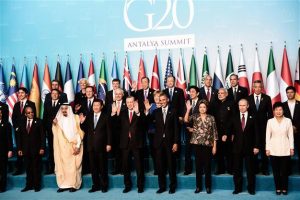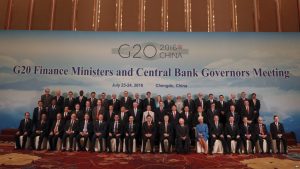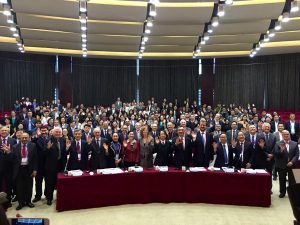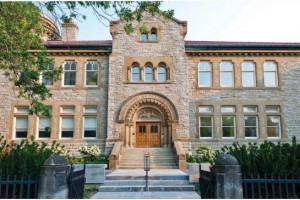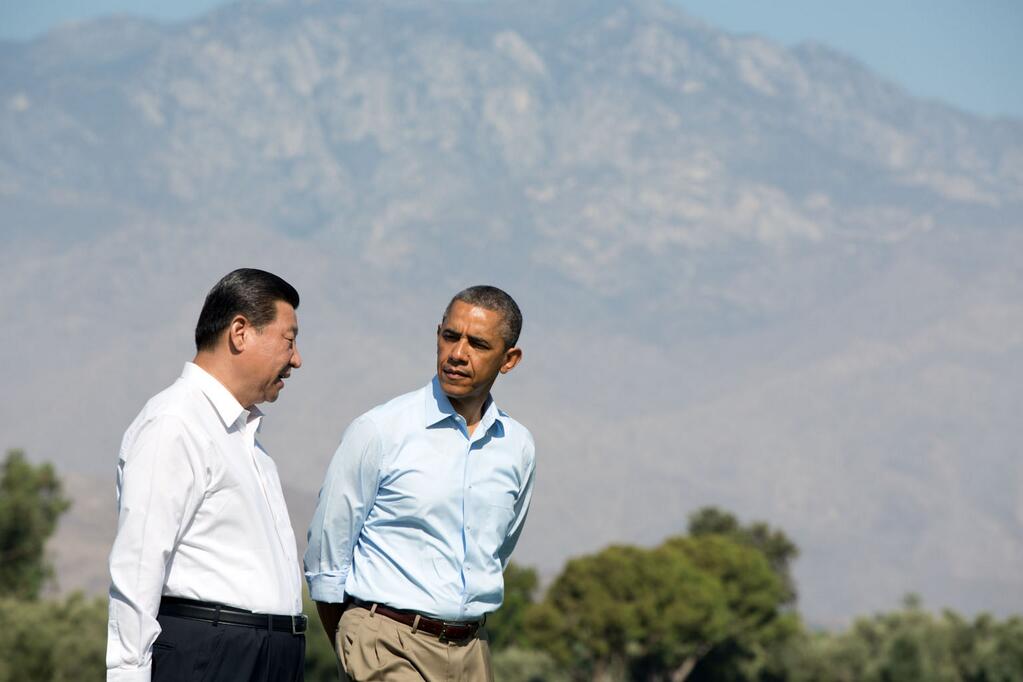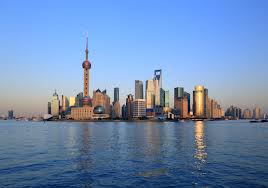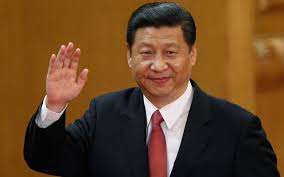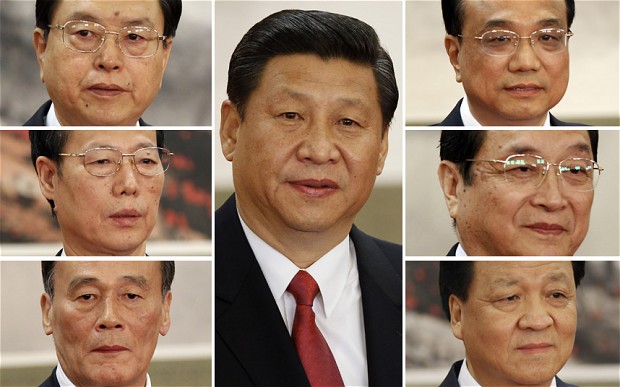
Well once again I must apologize for a prolonged silence. These past two weeks I have been travelling through parts of India most particularly Delhi and Agra and then through Rajasthan – Jaipur, Udaipur, Jodhpur and Jesilmar – etc. This trip was deliberately far from the more rarified halls of global governance discourse. It is always good to step away from the conference schedules and think tank encounters. Such action is an effort to get some tangible feel for the country. But I always find it is well worth it – no more so than India. India from the palaces and forts and bazaars is, as I found, an endlessly fascinating place. The colors, smells and busy human activities are enticing and suggest possibilities for the future for this ancient/new land.
One of the continuing discussions I had with one of our Indian hosts was the state of progress for economic development in India. This discussion emerged in a generally jocular discussion over the state of India’s roads. But there was also a serious discussion as well. It was an experience travelling on the roads through Rajasthan and Utter Pradesh. They were, however, from a North American perspective – but for one road/expressway – quite dreadful. The expressway was terrible for another reason that I shall relate in a moment.
These roads were filled with an enormous variety of vehicles from camel-pulled or buffalo-pulled carts, to the famous tuk tuks, to large trucks and small, bicycles and the ever-present motorbikes, all crowded on to generally badly paved and far too small carriageways. But enough of the description. The roads in fact are emblematic of a much larger societal issue – the tension between democracy in India – which as best as I could tell is alive and well – and the demands of development, market growth and prosperity more generally. The ongoing discourse went something like this: the roads are inadequate for the demands of commerce, the market and people. Their inefficiency burdens the movement of people and goods throughout the nation. On the other side a strong Indian push back. You, meaning me, see the roads from a “western perspective”. These roads are satisfactory for Indian needs; Indians don’t crave what the system in North America provides.
Now it is not to say there are aren’t some expressways – I travelled on one – the Yamuna Expressway from Agra to Noida – about 10 km outside Delhi. It is an amazing – amazing especially in the context of highways in India – but it was largely empty. Most notably absent were the trucks – the big colorful loaded trucks. There were some evident features that explained this rather haunting emptiness. First there were almost no exits from Agra to Noida. Truckers I was told prefer to connect from one community to another – offloading and taking on goods. That is impossible on this super expressway and in addition the stops really don’t accommodate trucker lifestyle, which includes stops conversation and sleep. The end result is a magnificent highway for the tourists and individual vehicle occupants – that’s it. Thus the critical goods and services transport is assigned to secondary hugely overcrowded roads. Indeed in our travel from Delhi to Jaipur we ended up in a several hour delay surrounded by trucks in a very narrow stretch of this so-called main road.
So why are the roads the way they are? And do the state of the roads threaten economic development? Let’s look at the first issue – the terrible state of the highway network. Here the tension with democratic wishes is evident. Voters in the rural areas – a powerful influence in India – don’t set a high priority in enlarging and improving the road system. This is especially the case where enlargement and improvement requires the confiscation and compensation of rural folk principally farmers. Most farmers – with little enough land as it is – want nothing to do with shaving off portions of precious land. Opposition abounds. Politicians in India are not blind to the opposition and the voter impact. So roads aren’t built, or they are built without reference to need. Now obviously there are alternatives especially rail. But don’t get me started on that. My experience tells me that the rail system suffers from serious infrastructure underfunding, but I’ll need to explore further on that.
Now I don’t have the numbers on cost and time delivery but I have to assume that what I saw really suggests an inefficient costly system. It is why many experts have come to believe that in the contest for economic growth and prosperity China and no India will achieve the better results in raising the poor from poverty. Steven Rattner, a long time Wall Street financier and some time public policy participant has recently drawn that conclusion in a January piece in the New York Times entitled “India is Losing the Race”:
Many Westerners fervently hoped that a democratic country would triumph economically over an autocratic regime. Now the contest is emphatically over. China has lunged into the 21st century, while India is still lurching toward it. That’s evident not just in columns of dry statistics but in the rhythm and sensibility of each country. While China often seems to eradicate its past as it single-mindedly constructs its future, India nibbles more judiciously at its complex history. … Democratic it may be, but India’s ability to govern is compromised by suffocating bureaucracy, regular arm-wrestling with states over prerogatives like taxation and deeply embedded property rights that make implementing China-scale development projects impossible.
Maybe we “westerners” do not have the right frame of reference, as suggested by my Indian colleague, but I am willing to commit to a standard of economic growth, opportunity and increasing prosperity for India’s poor. And right now India’s politics are failing India’s economic development needs.
What do you think?
Image Credit: ithappensinIndia.com
